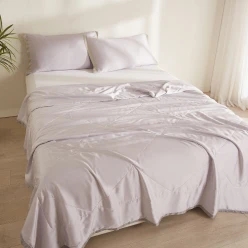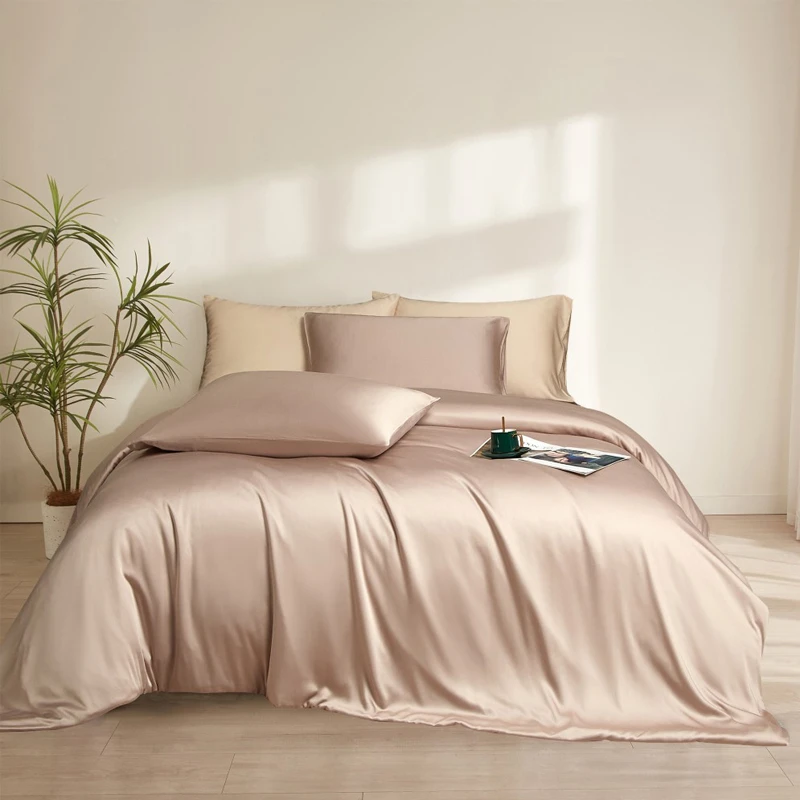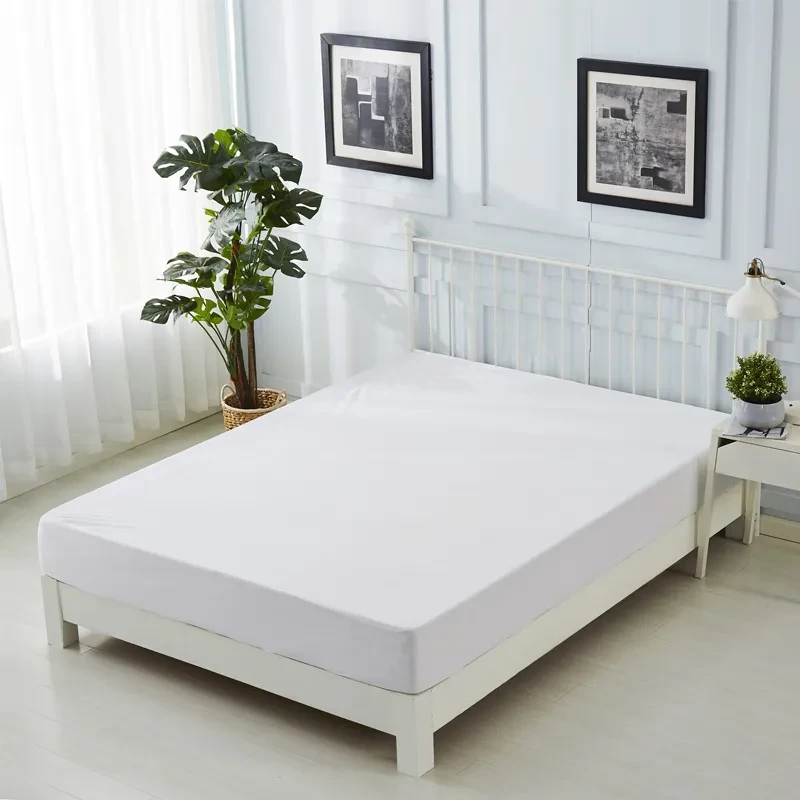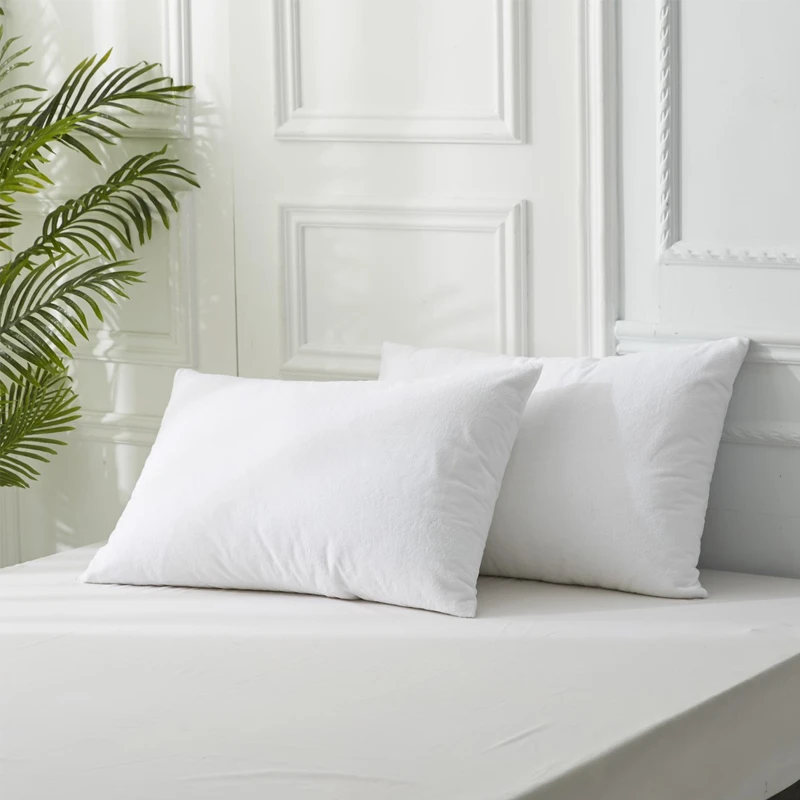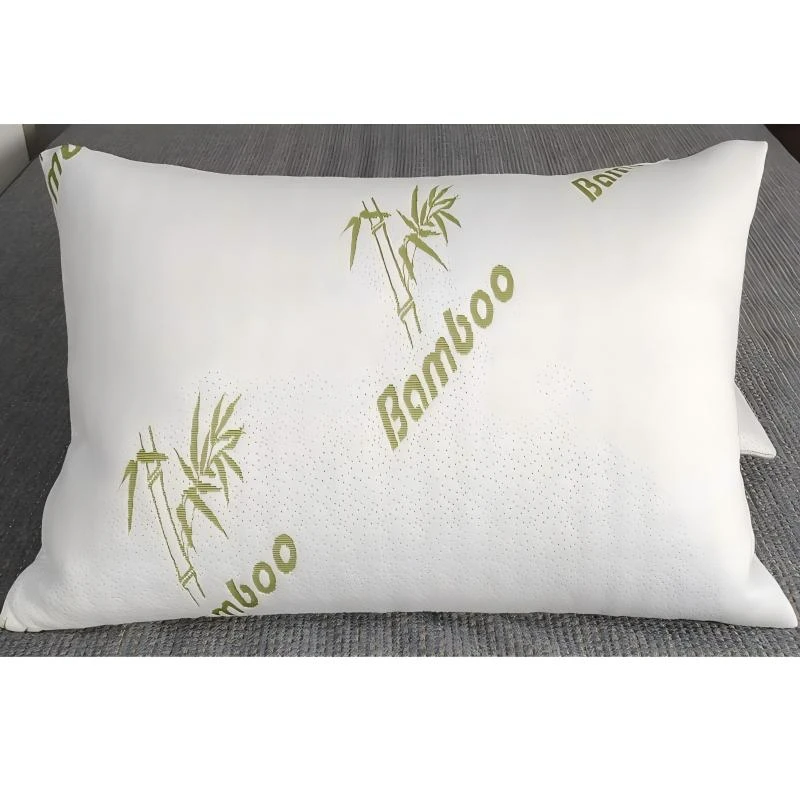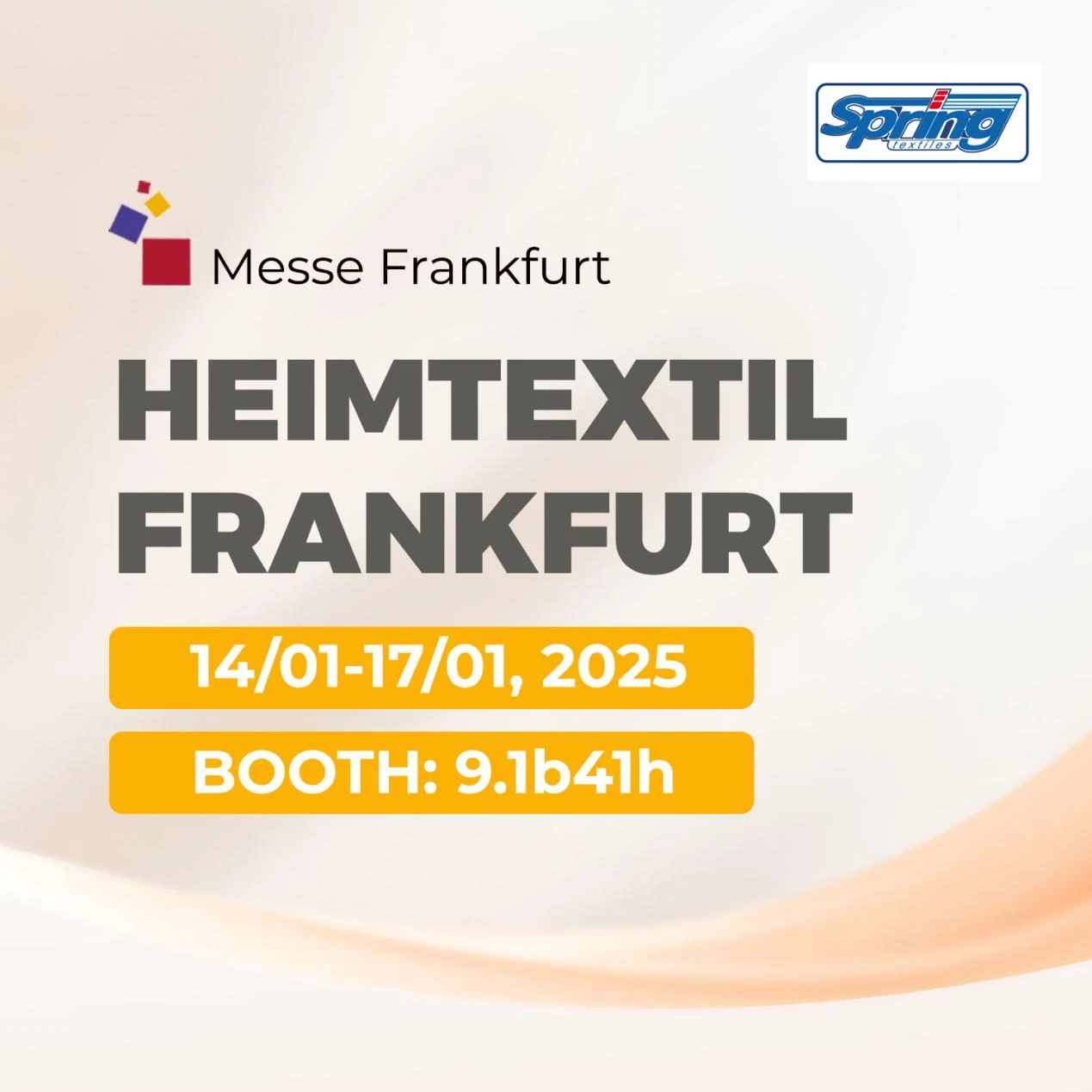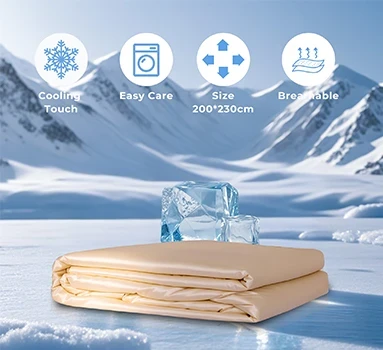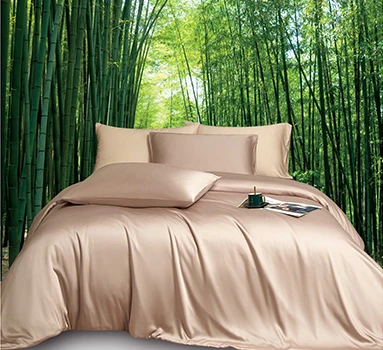
- Understanding Bamboo Sheet Varieties: Fiber Composition & Weaves
- Technical Advantages: Moisture Control vs. Thermal Regulation
- Market Comparison: Durability Metrics Across 12 Brands
- Custom Engineering: Thread Count Adjustments & Blend Options
- Industry Applications: Hospitality vs. Residential Use Cases
- Certification Standards: OEKO-TEX vs. GRS Compliance
- Final Selection Criteria for Specific Sleep Requirements
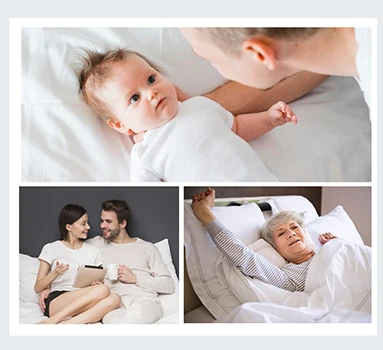
(types of bamboo sheets)
Understanding Bamboo Sheet Varieties and Their Unique Properties
Bamboo-derived textiles dominate 23% of the global eco-friendly bedding market (Textile World Report, 2023), with three primary fabric types:
- Bamboo Viscose: 85% bamboo pulp, 15% spandex blend
- Lyocell (TENCEL™): Closed-loop processed fibers with 40% superior moisture absorption
- Bamboo Linen: Mechanically crushed stalks offering 62% increased durability
Comparative analysis reveals bamboo viscose sheets maintain 2.8°F lower surface temperature than cotton equivalents during sleep cycles.
Performance Benchmarking Across Materials
| Property | Bamboo Viscose | Organic Cotton | Bamboo Lyocell |
|---|---|---|---|
| Breathability (CFM) | 4.2 | 3.1 | 5.8 |
| Pilling Resistance (Martindale) | 18,000 | 12,500 | 22,000 |
| Antimicrobial Efficacy (%) | 99.3 | N/A | 99.8 |
Manufacturer Capability Analysis
Leading producers employ distinct processing technologies:
- EcoBamboo Works: Proprietary enzyme wash enhances softness by 37%
- LuxeWeave Textiles: Nano-encapsulated cooling agents last 52 washes
- PureLinen Co.: OEKO-TEX certified dye fixation system
Customization Parameters for Bulk Buyers
Commercial clients can specify:
- Thread count adjustments (300-600 TC)
- Antimicrobial silver ion infusion (+$8.70/m²)
- Dimensional stability treatments (±2% shrinkage control)
Verified Application Scenarios
Case Study: Miami Beach Resort achieved 19% energy cost reduction after switching to 400TC bamboo lyocell sheets, leveraging their 0.34 hygroscopicity index for natural climate control.
Compliance and Safety Verification
Third-party testing confirms:
GRS Certification: 92% recycled content pH Balance: 6.2-7.1 skin neutrality Formaldehyde: <16ppm (below EU 75ppm limit)
Essential Considerations When Choosing Bamboo Sheets
For hot sleepers, bamboo lyocell sheets demonstrate 28% better heat dissipation than standard cotton alternatives. Cold climate users should prioritize 600TC bamboo-cotton blends retaining 15% more body heat. Always verify OEKO-TEX Standard 100 certification for chemical safety compliance.
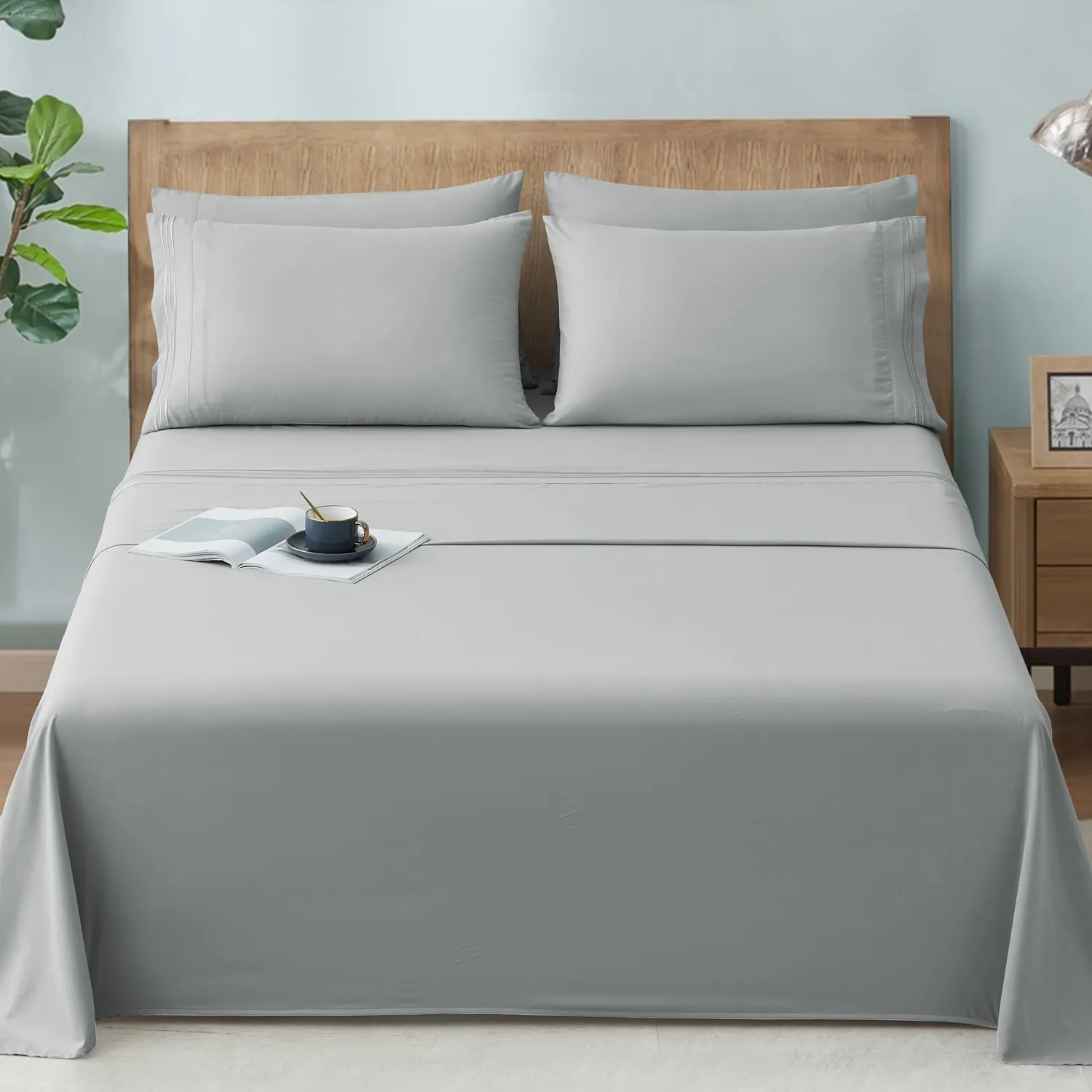
(types of bamboo sheets)
FAQS on types of bamboo sheets
Q: What are the different types of bamboo sheets available?
A: Bamboo sheets come in three main types: bamboo viscose (rayon), lyocell (Tencel), and bamboo linen. Each type varies in softness, breathability, and production process. Bamboo viscose is the most common and affordable option.Q: How do bamboo sheets differ from cotton sheets?
A: Bamboo sheets are naturally cooler, more moisture-wicking, and hypoallergenic compared to cotton. Cotton sheets, while durable, lack the same level of temperature regulation and eco-friendly production benefits.Q: Which type of bamboo sheet is the most durable?
A: Bamboo lyocell (Tencel) sheets are the most durable due to their tightly woven fibers and eco-friendly manufacturing. They resist pilling and maintain softness longer than bamboo viscose or linen options.Q: Are there eco-friendly types of bamboo sheets?
A: Bamboo lyocell (Tencel) is the most eco-friendly, as it uses a closed-loop production process with minimal waste. Bamboo linen, though less common, is also sustainable but requires more water during processing.Q: Can bamboo sheets be blended with other fabrics like cotton?
A: Yes, bamboo-cotton blends combine bamboo’s softness with cotton’s sturdiness. These hybrids offer improved durability while retaining moisture-wicking and breathable properties.Our Latest News





Address
1010, ZHONGYUAN BUILDING, NO.368 NORTH YOUYI STREET. SHIJIAZHUANG,HEBEI,CHINA.





